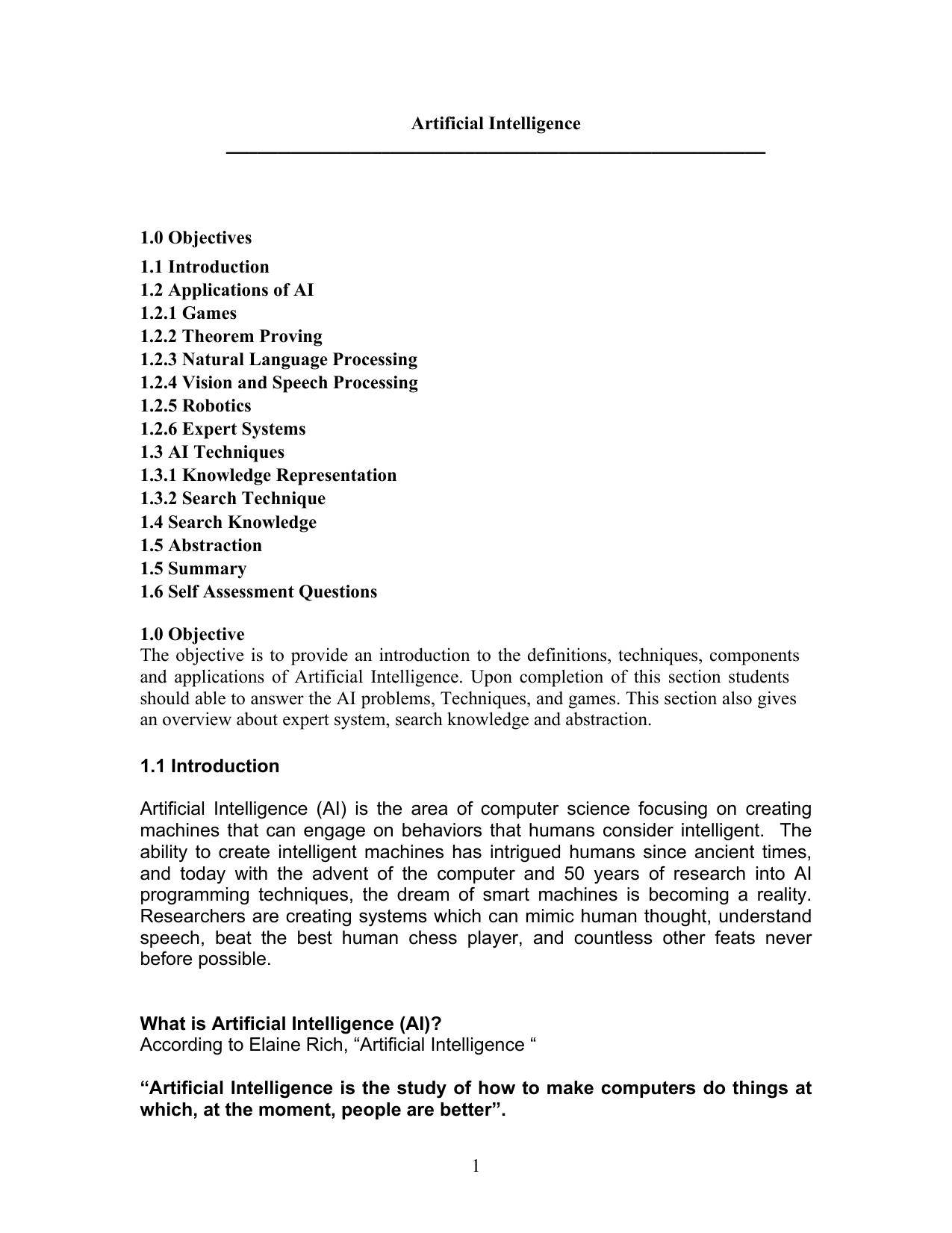Introduction to Artificial Intelligence 2nd Edition by Wolfgang Ertel, Nathanael Black ISBN 3030500073 9783030500072
$70.00 Original price was: $70.00.$35.00Current price is: $35.00.
Instant download Artificial Intelligence Introduction B089GJ58WG after payment
Introduction to Artificial Intelligence 2nd Edition by Wolfgang Ertel, Nathanael Black – Ebook PDF Instant Download/Delivery: 3030500073 ,9783030500072
Full download Introduction to Artificial Intelligence 2nd Edition after payment

Product details:
ISBN 10: 3030500073
ISBN 13: 9783030500072
Author: Wolfgang Ertel, Nathanael Black
This accessible and engaging textbook presents a concise introduction to the exciting field of artificial intelligence (AI). The broad-ranging discussion covers the key subdisciplines within the field, describing practical algorithms and concrete applications in the areas of agents, logic, search, reasoning under uncertainty, machine learning, neural networks, and reinforcement learning. Fully revised and updated, this much-anticipated second edition also includes new material on deep learning.
Topics and features: presents an application-focused and hands-on approach to learning, with supplementary teaching resources provided at an associated website; contains numerous study exercises and solutions, highlighted examples, definitions, theorems, and illustrative cartoons; includes chapters on predicate logic, PROLOG, heuristic search, probabilistic reasoning, machine learning and data mining, neural networks and reinforcement learning; reports on developments in deep learning, including applications of neural networks to generate creative content such as text, music and art (NEW); examines performance evaluation of clustering algorithms, and presents two practical examples explaining Bayes’ theorem and its relevance in everyday life (NEW); discusses search algorithms, analyzing the cycle check, explaining route planning for car navigation systems, and introducing Monte Carlo Tree Search (NEW); includes a section in the introduction on AI and society, discussing the implications of AI on topics such as employment and transportation (NEW).
Ideal for foundation courses or modules on AI, this easy-to-read textbook offers an excellent overview of the field for students of computer science and other technical disciplines, requiring no more than a high-school level of knowledge of mathematics to understand the material.
Introduction to Artificial Intelligence 2nd Edition Table of contents:
Chapter 1: Introduction to Artificial Intelligence
- Definition and history of Artificial Intelligence
- Applications of AI in the real world
- The significance of AI in modern technology
- Overview of AI subfields: machine learning, search algorithms, robotics, and more
- Basic challenges in AI research
Chapter 2: Intelligent Agents
- What are intelligent agents?
- Types of agents: simple reflex agents, model-based reflex agents, goal-based agents, and learning agents
- The architecture of intelligent agents
- The role of environment and perception in decision-making
- Examples of intelligent agents in various domains
Chapter 3: Problem Solving and Search
- Problem-solving approaches in AI
- Uninformed (blind) search algorithms: breadth-first search, depth-first search
- Informed search strategies: best-first search, A* algorithm
- Heuristic search and its applications
- The concept of state space and search trees
- Search techniques for optimization problems
Chapter 4: Knowledge Representation and Reasoning
- The importance of knowledge representation in AI
- Different types of knowledge representation: propositional logic, first-order logic
- Reasoning with logical representations
- Inference techniques in automated reasoning
- Representation of knowledge for practical AI applications (e.g., expert systems)
- Ontologies and semantic networks
Chapter 5: Machine Learning
- The role of learning in AI
- Supervised learning vs. unsupervised learning
- Classification, regression, and clustering techniques
- Decision trees, support vector machines, and k-nearest neighbors
- Neural networks and deep learning basics
- Reinforcement learning and its applications
Chapter 6: Planning and Decision Making
- The concept of planning in AI
- Planning algorithms and their applications
- Decision-making techniques in AI: decision trees, utility theory, and game theory
- Markov decision processes (MDPs)
- Plan generation, scheduling, and optimization
Chapter 7: Natural Language Processing (NLP)
- Introduction to Natural Language Processing
- Syntax and semantic analysis in NLP
- Text representation techniques: Bag-of-words, Word2Vec, and TF-IDF
- Part-of-speech tagging, named entity recognition (NER)
- Speech recognition and generation
- NLP applications: machine translation, chatbots, and sentiment analysis
Chapter 8: Perception and Robotics
- Perception in AI: computer vision, speech recognition, and sensor data processing
- Basics of robotics and its relationship with AI
- Robot control systems and motion planning
- Sensor fusion and perception in autonomous robots
- Applications of robotics in various fields
Chapter 9: Multi-Agent Systems
- Introduction to multi-agent systems (MAS)
- Cooperation and coordination between multiple agents
- Distributed problem solving and negotiation
- Game theory and strategic decision-making in multi-agent systems
- Applications of multi-agent systems: traffic management, smart grids, etc.
Chapter 10: Ethical and Social Implications of AI
- The ethics of AI and its societal impact
- Privacy concerns in AI systems
- The future of work and automation
- AI safety, bias, and fairness
- AI regulation and governance
- Autonomous systems and accountability
Chapter 11: AI in Practice
- Case studies of AI applications in various industries (healthcare, finance, autonomous vehicles, etc.)
- Real-world challenges and solutions in deploying AI systems
- Tools, frameworks, and libraries for AI development (e.g., TensorFlow, Keras, Scikit-learn)
- AI research and trends: AI for social good, AI in creative fields, etc.
Chapter 12: The Future of AI
- Emerging technologies in AI: quantum computing, explainable AI (XAI)
- AI and the singularity: opportunities and risks
- Interdisciplinary research and the future landscape of AI
- AI in conjunction with other fields (e.g., neuroscience, cognitive science)
- The role of humans in the future of AI development
Appendices
- A. Mathematical Foundations for AI: Linear algebra, probability theory, and optimization techniques
- B. Additional Resources and Tools: Suggested reading and online courses for further learning
- C. Glossary of Terms
- D. Index
People also search for Introduction to Artificial Intelligence 2nd Edition:
introduction to artificial intelligence textbook
introduction to artificial intelligence rutgers reddit
introduction to artificial intelligence stanford
ntroduction to machine learning 2nd edition ethem alpaydin



